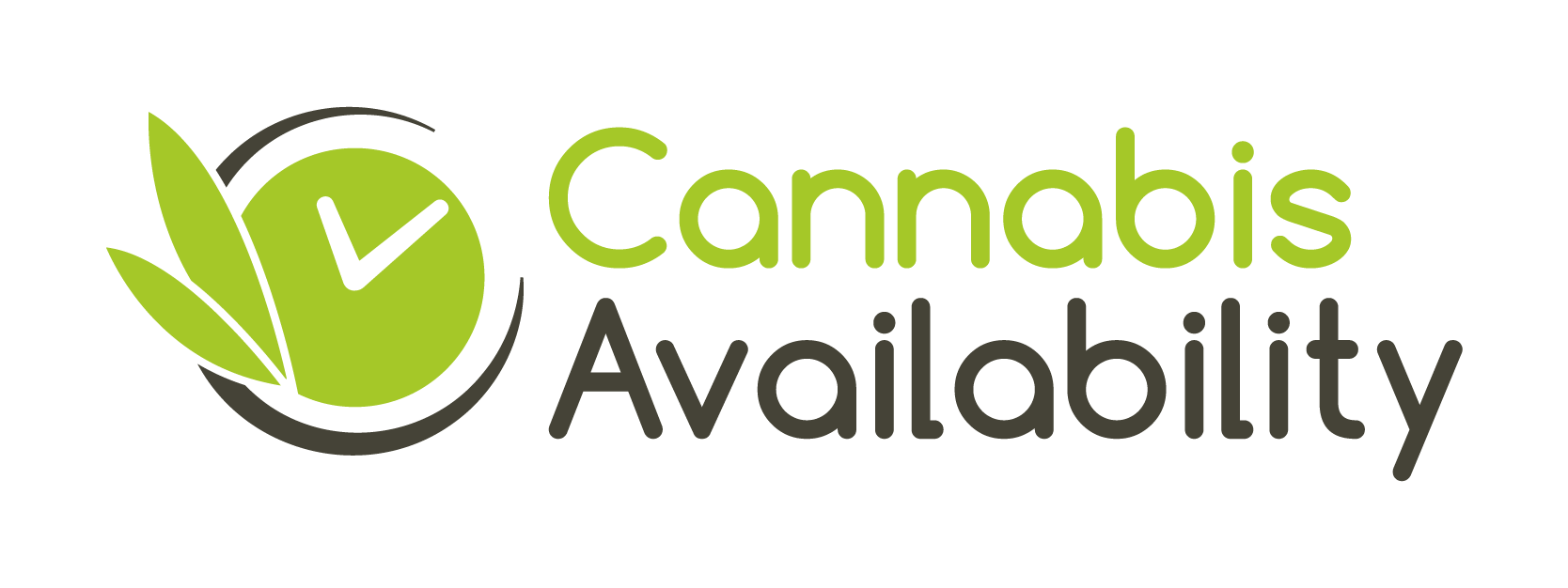In most legal markets, flower remains the most widely available category, followed by vapes and edibles. Independent retail data firms report that category shares have largely stabilized at the top level, with flower leading and vapes and edibles vying for second place. But within each category, availability can swing based on cultivation cycles, processing capacity, regulations, and supply-chain quirks.
Flower tends to be abundant when harvests are strong and when growers lean into high-demand genetics. Still, availability can vary month to month because crops are biological: pest pressure, canopy changes, and testing failures all influence what makes it to shelves. Differences in state testing and labeling rules also affect throughput—batch size limits, sampling protocols, and re-test allowances can either speed or slow flower getting to retail.
Pre-rolls depend on steady supplies of trim or milled smalls, plus production line capacity. When harvests tighten—or brands prioritize jarred eighths—pre-roll output dips. Because pre-rolls are often produced in large batches, any packaging bottleneck can sideline inventory for weeks; Missouri’s 2024 experience with packaging approvals illustrates how administrative backlogs can delay hundreds of SKUs.
Vape cartridges and disposables are more exposed to non-cannabis supply chains. Hardware sourcing (cartridges, batteries) and import timelines can be gating factors. On the cannabis side, consistent distillate or live resin inputs require extraction slots and lab availability; when labs are backed up or standards differ by state, launches slip. Despite these hurdles, vapes remain a top seller in many markets—one reason brands compete aggressively in disposables.
Edibles rely on co-manufacturing capacity, food-grade ingredients, and strict dosing/labeling. Variations in required warnings, serving sizes, or packaging rules can force state-specific SKUs and staggered rollouts. Inconsistent testing requirements across states compound the issue, creating recall risks that encourage smaller, staged releases.
Beverages add another wrinkle: cold-chain or shelf-stability constraints, specialized canning/infusion equipment, and limited category share mean fewer SKUs per store. Even as beverages grow, they still represent under 1% of total U.S. cannabis sales—so retailers often stock a narrow assortment that rotates slowly compared with flower or vapes.
Concentrates (live rosin, resin, badder, diamonds) hinge on high-quality input material and quick processing, especially for fresh-frozen runs. Limited harvest windows for top cultivars and finite extraction capacity can make these drops sporadic and region-specific.
Across all categories, regulatory friction remains a common denominator. States require different labels, batch IDs, warnings, and potency displays; these differences splinter production runs and slow multi-state brand rollouts. Industry analysts and legal observers continue to call out how divergent testing and remediation rules create uncertainty, drive recalls, and reduce on-shelf consistency for consumers.
For shoppers, the takeaway is simple: expect flower and vapes to be the most consistently stocked; edibles and beverages to rotate based on manufacturing and regulatory timelines; and concentrates to arrive in bursts tied to harvests and extraction windows. Watching retailer sell-through trends and seasonal patterns helps predict when favorites will appear, and why some categories feel “steady” while others land in limited, hype-driven drops. Data dashboards tracking category sales across U.S. markets can offer helpful context when planning purchases or pre-orders.
Read More: The Cannabis Brands Leading in Product Variety and Selection
